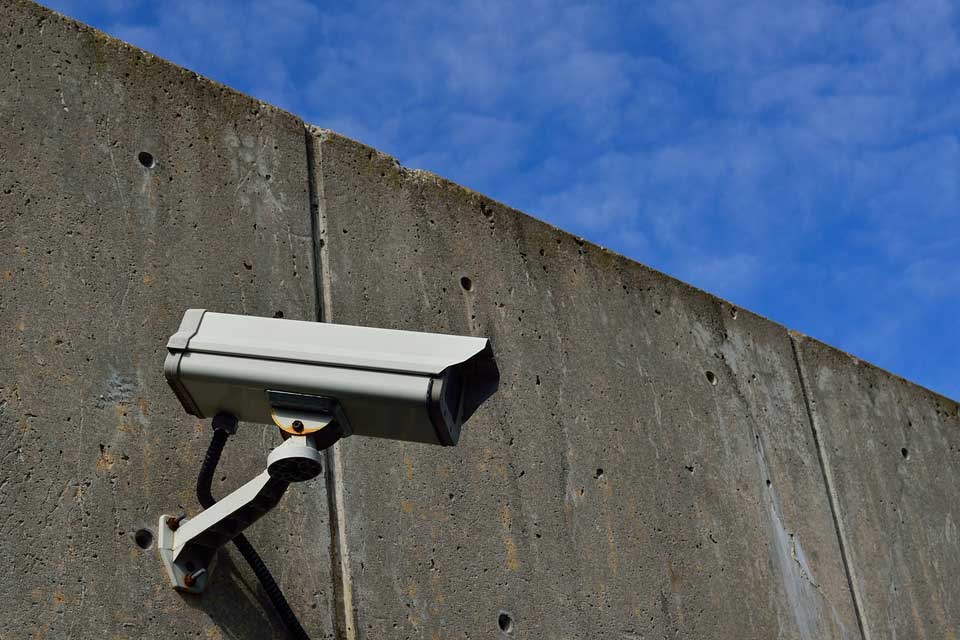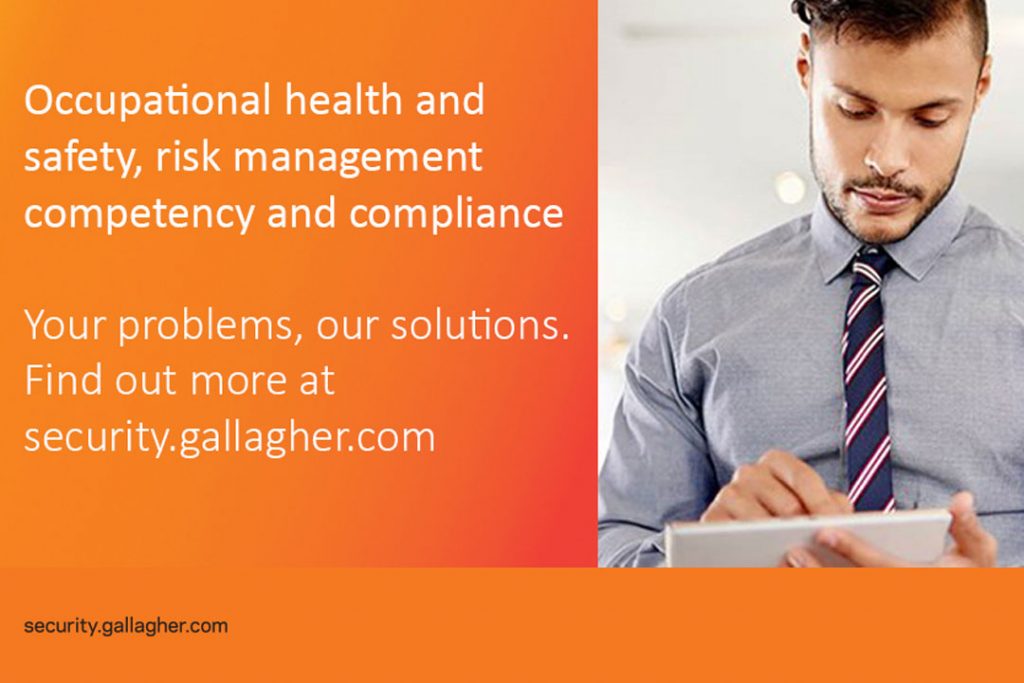GUEST BLOG: Security insights from the outer edge

Gallagher Security Perimeter Product Manager, Dave Solly, talks about security at the perimeter and not just at the door… If there’s one area of security that’s often overlooked in commercial channels, it’s perimeter. This all too common gap in thinking is preventing businesses from really solving their security issues, often issues they don’t realise, or don’t […]
GUEST BLOG: 5 tips for a winning risk management strategy

By Gallagher Risk comes in many forms, with varying degrees of cost to your business and recovery times. Here are a few items worth considering when it comes to producing a risk management strategy: 1. Take care of your people Staff really are the most important asset within an organisation. From a risk management perspective, […]
INDUSTRY SPOTLIGHT: Gallagher access control systems

Does your access control system allow you to implement, enforce and report on business policies and processes at every point using physical security infrastructure and command centre? If not, it should. Access management can be based on individual competencies allowing your business to effectively manage compliance with business policy and government regulations. Features and benefits […]

